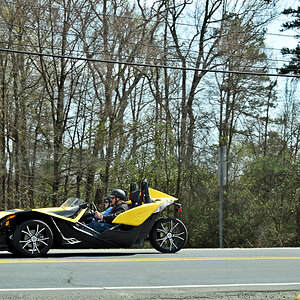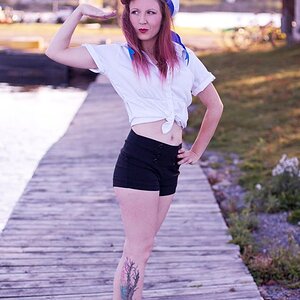Emerana
TPF Noob!
- Joined
- Jan 2, 2008
- Messages
- 857
- Reaction score
- 0
- Location
- Houston, Texas
- Can others edit my Photos
- Photos OK to edit
My advice is leave your camera at home and enjoy the zoo. There will be 40 thousand people taking photos of the same animals which will just by laying there. I think it takes alot of patience, skill and talent to get a really good (original) zoo pic. Either skip it and go someplace new outdoors and take your camera (thats a ton of fun I think) or go (with your kids?) and enjoy the zoo.




![[No title]](/data/xfmg/thumbnail/42/42253-fef7e43227f484b1a95dd6d85c03bd40.jpg?1619740063)
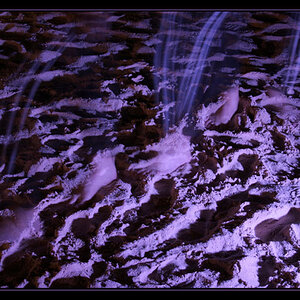

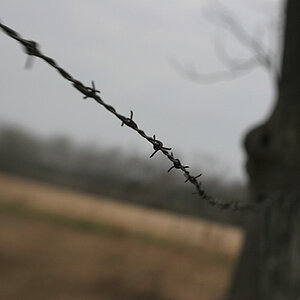
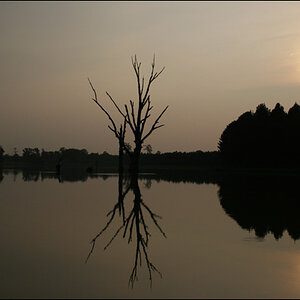
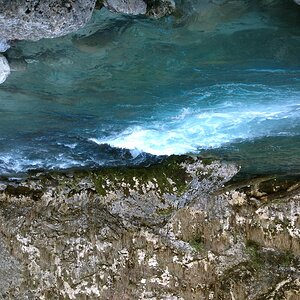
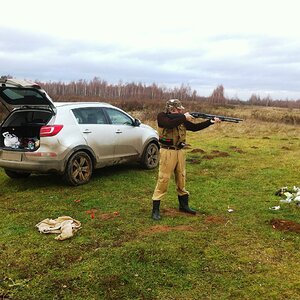
![[No title]](/data/xfmg/thumbnail/35/35877-b537a0bce18fcb18b610d787610f3d3d.jpg?1619737203)
